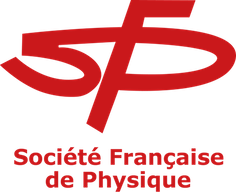Orateur
Description
The third LIGO-Virgo run (O3) started the first of April and multi-messenger astronomy related to gravitational waves with it. Gravitational waves from binary neutron star (BNS) coalescence, in association to short gamma-ray burst, opened a new era of multi-messenger astronomy. The identification of the counterpart and it’s multi-wavelength observations improved our understanding of the physics of strong-gravity and put some constraints on astrophysical models related to matter during the merger and post-merger phase. With improved sensitivity of the LIGO-Virgo detectors, the year-long third observing run (O3) promises many merging binaries with an expected number of BNS mergers in the range 1-50. Therefore an intensive multi-wavelength follow-up of those event with ground and space instruments is performed all around the world.
But the identification of the electromagnetic counterpart of such event is very challenging knowing the wide sky localization area provided by LIGO-Virgo and require complex observation strategies implying many telescopes. We will present our recent development on such strategies, from selections of galaxies to optimisation of telescope networks observations.

